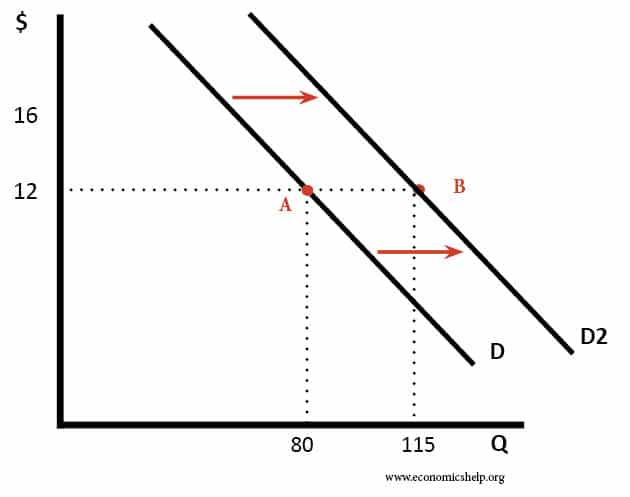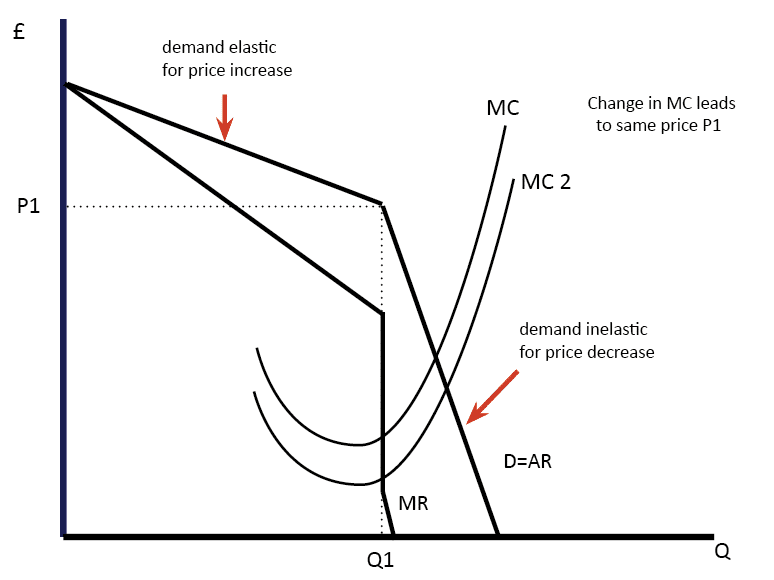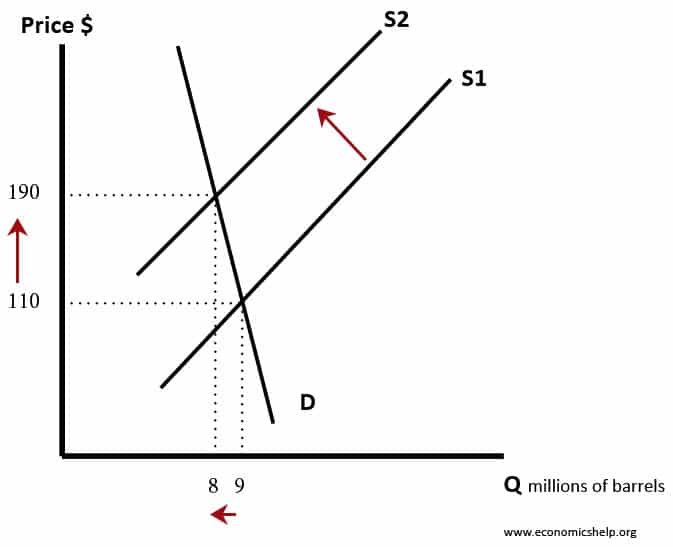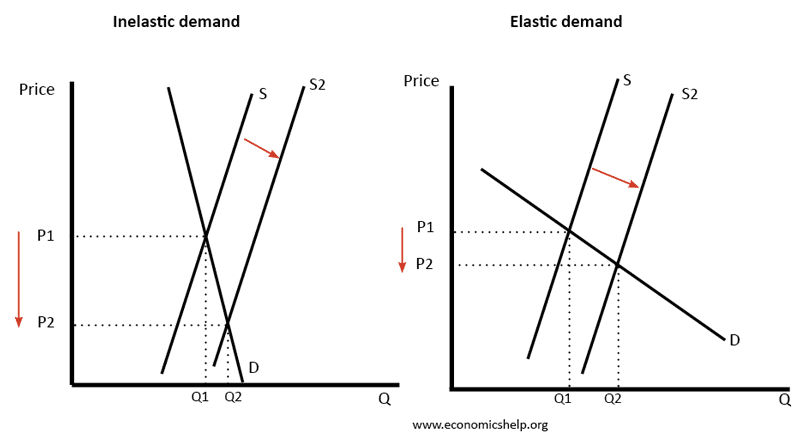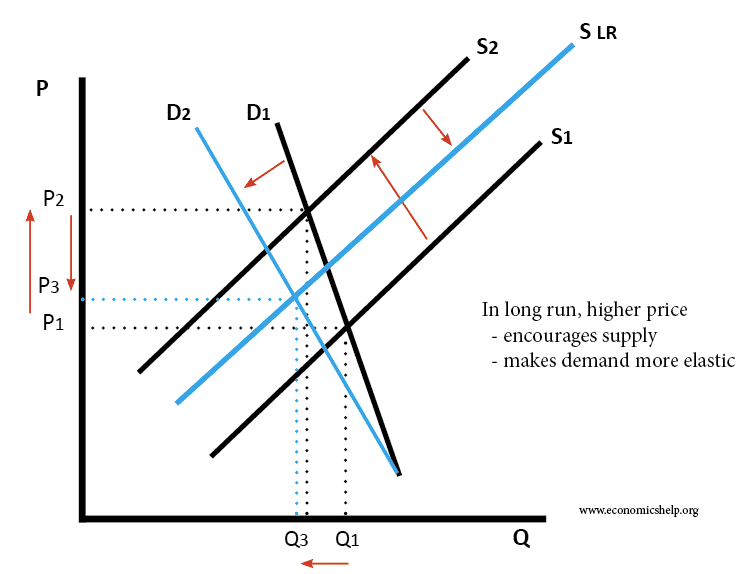Shift in Demand and Movement along Demand Curve
A shift in demand means at the same price, consumers wish to buy more. A movement along the demand curve occurs following a change in price. Movement along the demand curve A change in price causes a movement along the demand curve. It can either be contraction (less demand) or expansion/extension. (more demand) Contraction in …

